If Vegetables Don’t Make Oil, What’s Crisco?
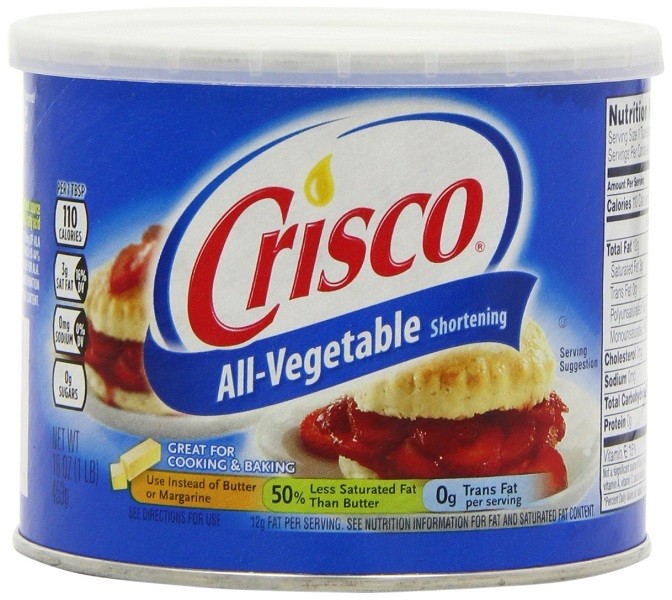
I remember the days of summer camp. I went to a Jewish camp where there were meat meals and dairy meals to keep in line with the kosher rules. What this meant was that the universal fat used in every single thing we ate was Crisco. I remember bowls of Crisco on the tables to smear on toast, and the blocks of Crisco we would schlep along on our canoe trips. By the end, these unchanging hunks of white fat would be coated in a sprinkling of twigs and leaf bits.
It’s taken me this long to brave the truth about Crisco.
In my book UnDiet I wrote the following:
“These oils are highly processed and most commonly genetically modified, unless specifically labeled organic. Many of them, such as cottonseed and soy, carry loads of chemicals. The high heat processing destroys any nutrients that may naturally occur like vitamin E and omega-3 essential fatty acids. To make margarine the spreadable consistency people seem to dig, the oil must be hardened. This is done by hydrogenation or bubbling hydrogen through the vegetable oil at high temperature, a process that enables it to be solid at room temperature. This is the same property that makes it perfect as frosting on cakes. When the carbon bonds are saturated with hydrogen, the product is called a saturated fat or a hydrogenated oil.
We’ve all seen the declaration on margarine tubs that it contains “polyunsaturated oil.” However, the processing or hydrogenation removes the flexibility, or natural liquid state, of these oils; hence, it stays solid at room temperature and loses any polyunsaturated fat benefits. Because of this solidifying process, margarine usually contains some trans-fatty acids, no matter what the label says. These are bad kinds of fatty acids that can promote inflammation in the body.”
Crisco is worse. You can spray it. You can pour it. You can spread it.
Crisco, first used to make candles, was invented in pre-civil war days by candle maker William Proctor and soap maker James Gamble (get it — Proctor and Gamble?).
The meat industry (bullies then as they are today) controlled the prices of lard and tallow which were necessary to make soap and candles. As a result, prices were high and so Proctor and Gamble took to acquiring cottonseed mills and with the help of a chemist, developed the process of hydrogenation – turning liquid cottonseed oil into a thick, solid fat, much like lard. And so they marketed it as a replacement to lard. The name “Crisco” came from what they called “crystallized cottonseed oil.”
P&G marketed Crisco as more digestible, cleaner and more economical than lard – perhaps making them the first ever healthwashers, a similar strategy they later used to make us think the chemical cocktail of margarine is healthier than butter.
What is actually in Crisco today?
Since the original cottonseed cocktail, the formulation has changed to be able to throw a few healthwashing claims onto the canister. The cottonseed oil has been replaced with hydrogenated, genetically modified omega-6 rich soybean oil and fully hydrogenated palm oil (a very different substance than extra virgin, cold pressed palm or coconut oil).
This is where it gets confusing.
They call this product an “all-vegetable shortening.” Soybeans and palm fruit (the oil is derived from the pulp of the fruit) are not vegetables. Incidentally, cottonseed oil also doesn’t come from vegetables. Vegetables don’t make oil. Corn is a grain. Soy is a grain. Olives are fruits. Coconuts are fruits. Flax and hemp? Seeds. Carrots and celery? Nope…no oil (though you can get oil from the seeds of carrots- great for sunshine).
So then why use Crisco?
To make pastries flakey, of course. This is a requirement of a happy life, right? What would we do without a flaky pie crust?
We likely wouldn’t be abusing the planet to grow the crops needed to create these oils which includes deforesting sacred lands, displacing Indigenous peoples, losing biodiversity and increasing air pollution with insane levels of carbon emissions.
Without flakey pie crusts, we also might be that little bit healthier.
Health Impacts of Crisco
Gram for gram, fat is fat – whether it comes from coconuts, cows, olives, chemistry experiments, or chemical-laden, genetically modified soy and cotton crops.
There is no caloric difference, but there is a huge quality difference in terms of what you get for every calorie.
As a hydrogenated oil, Crisco is loaded with trans fats. Trans fats have a chemical structure that our bodies have trouble recognizing, and they create free radicals in the body. They are linked to a number of health risks, including:
- cardiovascular diseases
- breast cancer and colon cancer
- diabetes
- allergies
- essential fatty acid deficiencies
- pre-eclampsia and other pregnancy complications
You can choose real, unprocessed fats and get:
- nutritional benefit
- increased Vitamin D absorption
- anti-viral and anti-bacterial benefits
- vitamin K2 (from butter- essential for dental health)
- improved nervous system function
- improved hormone regulation
- healthier skin and hair
- an overall improved mood and libido
Discover more about the best fats and oils to use here.
Or you can choose hydrogenated, processed, chemical-filled fats and take on a hearty serving of increased risk of heart disease, diabetes and cancer with a side helping of flakey pie crust.
My Favourite Fats and Cooking Oils
My favourite fats and cooking oils include:
- Ghee (so easy to make at home)
- Coconut oil
- Tallow
- Lard
- Avocado oil
Every choice counts and some choices are difficult to make. This one isn’t. Eat real food. Crisco just isn’t part of that club.
Free Resource Library
Enjoy more than 40 downloadable guides, recipes, and resources.















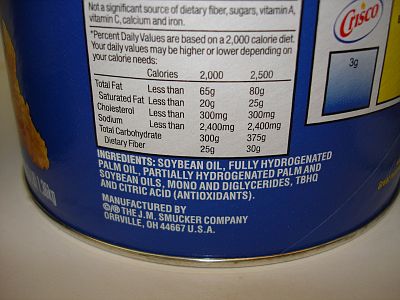
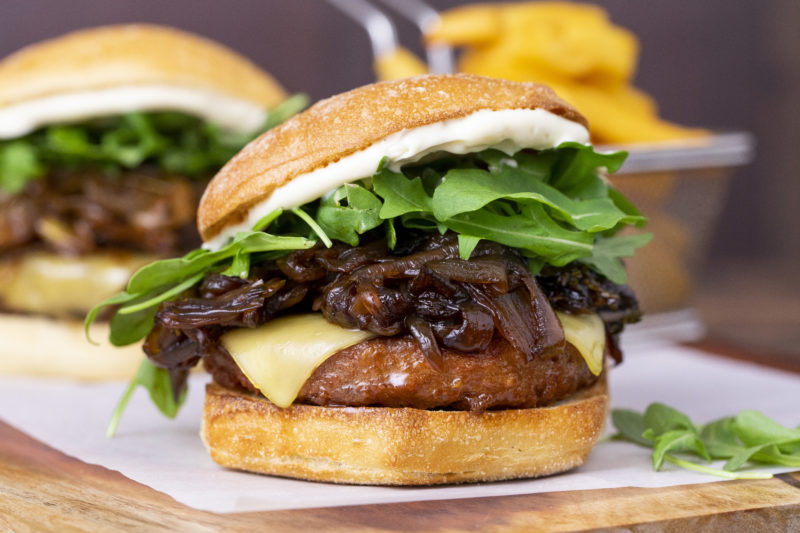
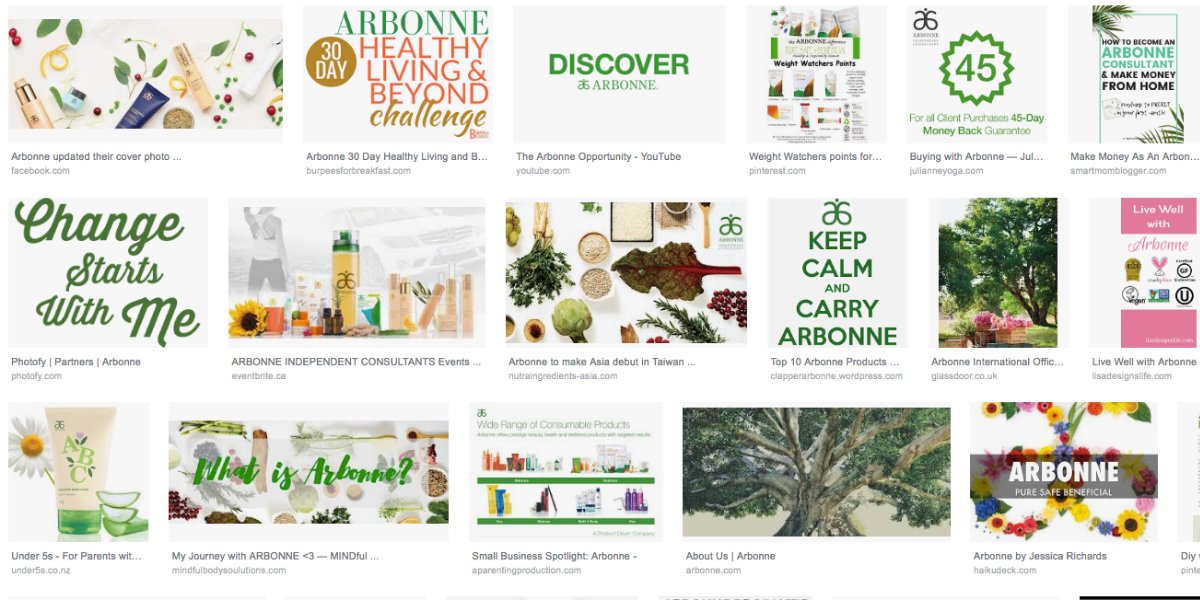
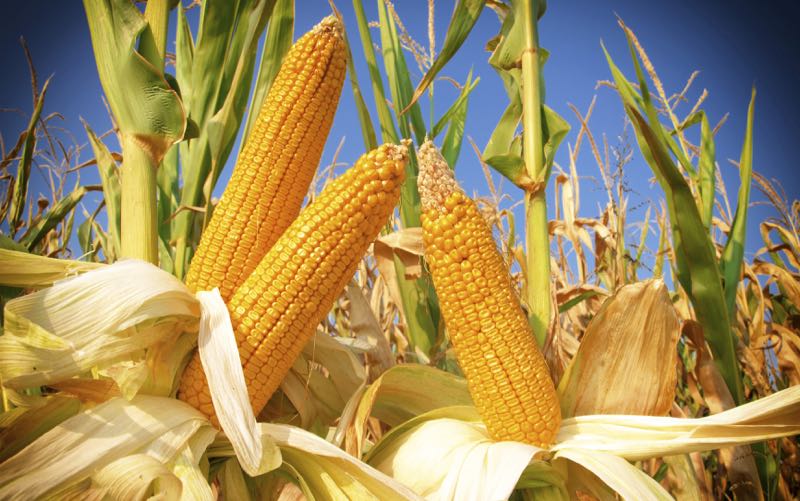
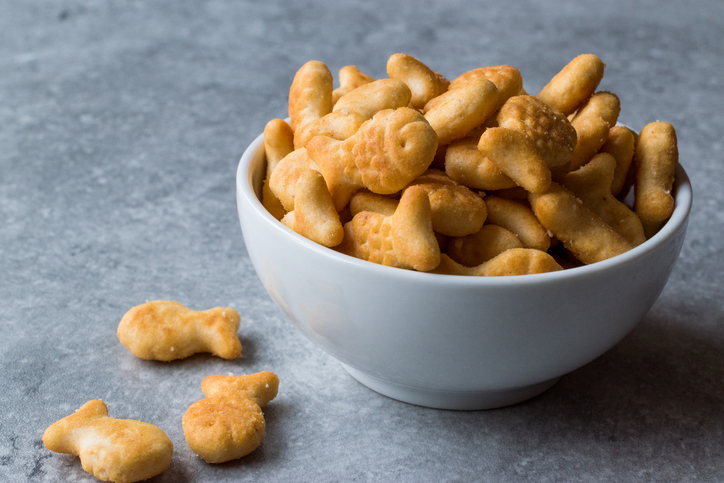
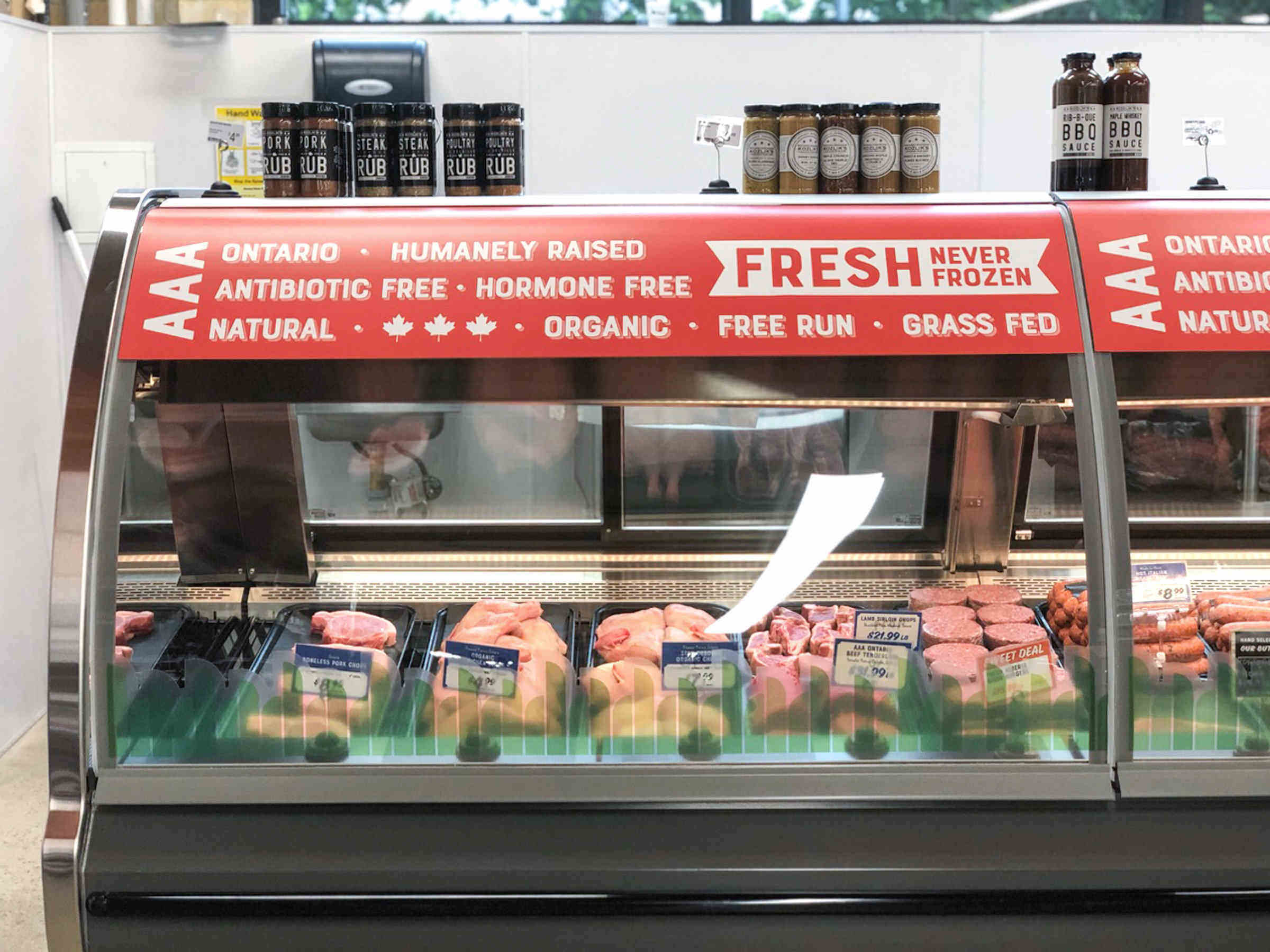
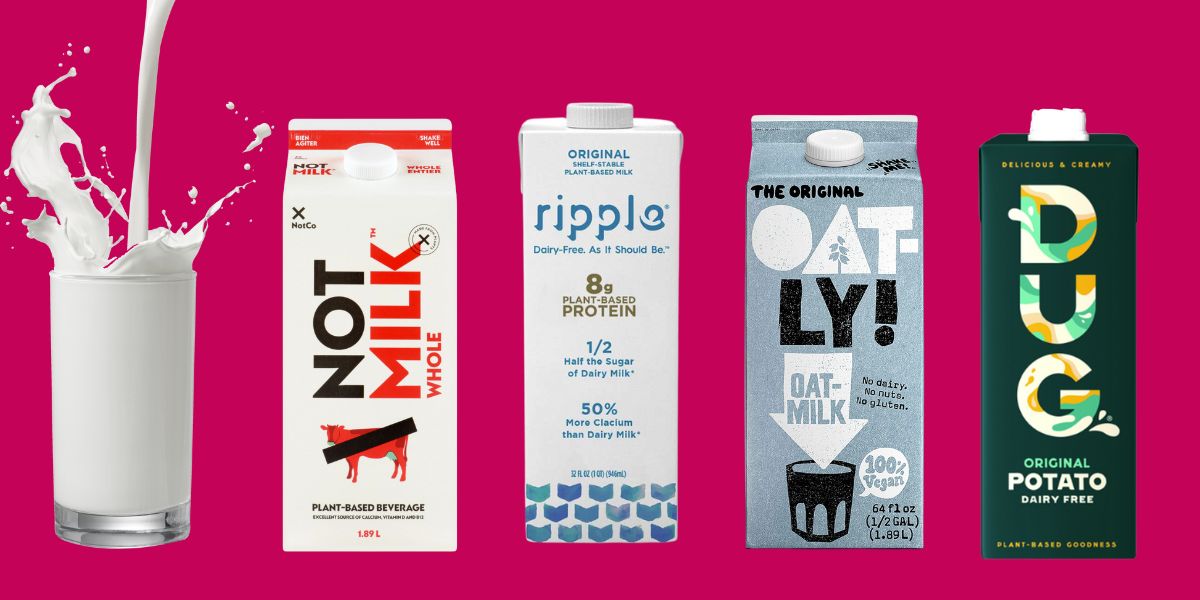

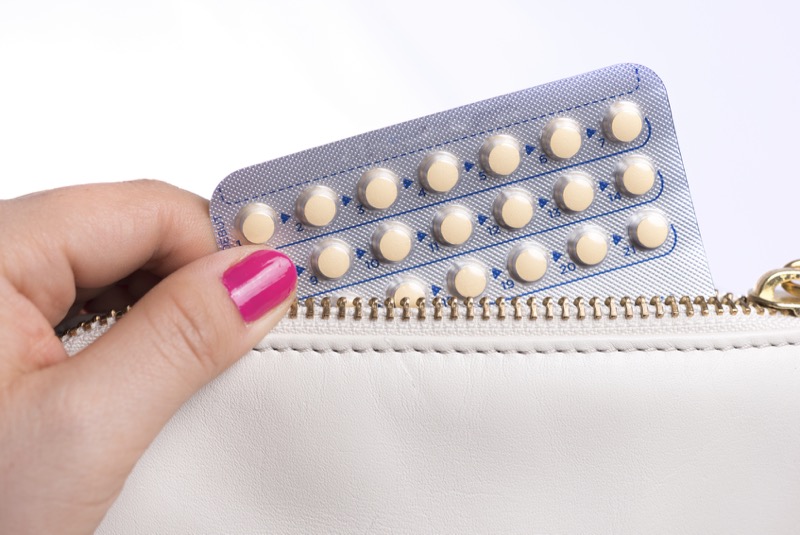
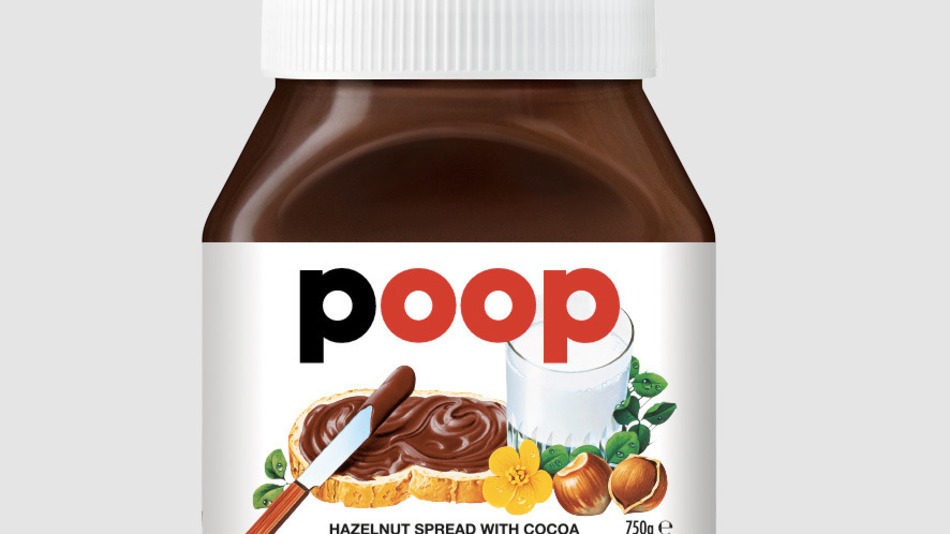
How about Crisco Canola oil?
I do agree with you about Crisco. However, my interpretation of the words “all-vegetable” is that they identify that the product is plant-based, not animal-based like lard or butter, and hence, ok for certain dietary laws (as you mention in your camp anecdote). I concur that the wording is misleading. It would be more accurate for Crisco to be identified as “all-plant”. That, at least, is accurate. This is, of course, strictly a naming issue and is completely separate from the unhealthiness issue!
From my understanding, most canola oil is chock full of chemicals because of the extraction process using hexane. I’d stick with organic cold pressed canola oils.
OK, you grossed me at smearing it on your toast! Ha!
I remember mom having the coffee can of bacon drippings on the stove as a kid. At least it was a ‘real’ fat…
Worst pie dough I’ve ever used to makes pies. I will never buy Crisco again for my pie dough again. It falls apart when you are trying to roll it out after being in the fridge for 12 hrs.
THANK YOU FOR THE EDUCATION LESSON, YES EAT WHAT GOD MAKES ONLY,
I agree with what most of you said, but i am fairly sure that you can obtain hemp seed oil. I know that my friend used to take flax oil….
Canola oil in any form is processed and terrible for you. It’s made from the rapeseed plant (which is inedible) and was originally used as an industrial lubricant because it was highly toxic to ingest. It is only through intense processing and refinement that it was made edible! The name canola stands for Canadian oil. If you do some research you’d be surprised.
I use coconut oil and olive oil as my go to’s for cooking. Haven’t had a complaint about my pie crusts yet!
My hubby likes me to make an all butter pie crust on special occasions; but organic grass fed butter is better in my book than shortening or margarine any day!
Crisco is still great as a candle. just poke a wick in the center and light it. I am also going to use some to make soap. I haven’t knowingly eaten it in years.
I am stripping off the seasoning that came with my Lodge Pan, it was seasoned with Soy, and checking with Lodge, it is not organic soy but GMO soy, so basically plants that have been dowsed in Monsanto “Round Up” Glysphate, which is now being found in our ground water and womens breast milk. We were assured after Monsantos 3 month testing of the product that it would have no affect on our bodies. Again the same company that also assured us that PCB’s and DDT were totally safe and maintained that position for some 40 years. Crisco is also GMO, so if you all are fine baking in pesticides into your pans, that have at it, I am going to try and do it with some organic oil
I agree for the most part but I cook/bake for someone who can’t eat any dairy at all. Not lactose intolerant but and allergy so for me butter is out and can’t seem to find lard in my area. So far haven’t found coconut oil either. So at this point I’m stuck with Crisco.
I can smell Crisco or other cheap forms in food products. GROSS. My mother uses it still even with other options in her cupboard. I want to eat her pie but I end up only eating the filling, and in the other room so she doesn’t get offended.. Crust is disgusting. I can tell by the texture also. Flakier crust? No way – it’s fragmented but not flaky. Only way to do it is with high quality fats such as rich butter, even beef fats refined , ect. Lots of options but the neu world we live in, it’s about opening a can, not about understanding the methods.
The Amarican Heart Association was started in 1915 and was funded by Proctor and Gamble as a promotion enterprise for Crisco.
Real flaky pie crust comes from real butter, cut into flour and a little salt while it’s still cold, then gathered with ice water til it clears the sides of the bowl, and not touched with warm human hands. The little chunks of butter expand as the crust is baking, making those delicious flaky air pockets in each bite. Roll it out just once – if it gets a hole, too bad. The more you roll it or touch it, the tougher it becomes. (Pie baking champion advice.) Thanks for the enlightening article.
I follow an awesome baker on IG, one of her frosting recipies called for crisco. I was so excited to make and decorate these cookies for my daughters party. I had tons of frosting left over. I poured it in the sink with some hot water & it it just sat there clogging my sink, I was a little grossed out. Later my husband did the dishes & didn’t rinse them before putting them in the dishwasher (eye roll, lol) after the cycle ran the dishes had a filmy coat of white stuff on them from the crisco. I will never use crisco again as I can only imagine it might do the same in my body. Disgusting!!!
Thanks for the info on Crisco. One thing though, it’s a great skin moisturizer. Helping my daughters Rosacea more than anything so far.
If Crisco is so unhealthy why isn’t a label on the can saying “Crisco is harmful to your health”!!?
Ghee is great. A little research shows that it contains compounds that our digestive systems actually have on their own, but are often deficient in. Lactose intolerant people can consume it. Its been used thousands of years in India. It stores for decades – a true famine fat. It is superior to all other oils Ive used for frying, without affecting the taste. I am Canadian and am not proud of Canola -its mostly GMO anyways. But organic butter is expensive up here (3 times the price of the US) so we are in fact going to buy some organic butter tomorrow in Washington state to bring home and make our 6 month supply of ghee.
I do use Crisco. But only as a lubricant for machining aluminum. I’ve had the same big can of it by my lathe for years and it doesn’t go bad. It’s a shame to think that people still use it to make pie crusts. Pie is my favorite desert.
You mention “”These oils are highly processed and most commonly genetically modified, unless specifically labeled organic.” Is organic vegetable shortening any better than Crisco?
YES ! Yes and YES ! After years and years of believing the B.S. I made our home go cold turkey from Margarine, and Crisco. I made the Leap after reading the labels.
We feel Better. Our doctors can’t believe our cholesterol is extremely low.
I use Lard anywhere Crisco is called for. Best Bread, pie crust and SOAP (yes I make soap.) I use Lard to deep fry Donuts and tacos (try it.) I have my own Mother converted from Crisco back to Lard – all it took was the Label (she hates lies.)
Because of the Health Nuts it takes a bit of searching to find Lard – you have to look in the baking section near the bottom of the shelf.
Right now Facebook is whining because companies are still using Lard to make their goods – Makes me want to thank them for using pure ingredients instead of chemicals. Go out – buy a bag of cheetos, and a BK Whopper. Support the Pure and simple. You’ll feel better for it.
I believe that margarine is cheaper to produce than butter, so they push it to make more profit. I think I’ll stick with “real” butter, the organic kind, from cows. Maybe I won’t live to 100, but there are people who live to 100 today, who were eating butter for decades, before margarine became popular, so maybe they know something most people today don’t.
You would think that we could just read labels and trust that this product I’m buying is safe for my family…but really the shock and horror that comes when you do finally read what those cheetos contain would be enough to make you stop buying them…no. Why? Because of convenience..how bout learning the art of farming your own food? Bite that!
Can I replace the Crisco in my grandmother’s recipes with lard?
One thing, and I hate to nit pick this, but yes it is vegetable oil. See, a vegetable is any edible plant, or part of a plant. Basically, all fruits are vegetables but not all vegetables are fruits.
Nearly all of what “they” have been telling us about fats and oils is wrong. Dr. Jason Fung of Toronto has much to say about saturated fats, vegetable oils, etc. in his series of lectures. See “Fat Phobias” in his Aetiology of Obesity lecture series here:
https://intensivedietarymanagement.com/category/lectures/the-aetiology-of-obesity-lecture-series/
I’m seeking ways to expand my 3 yr old grandsons diet as he gets bored with the same foods . Mostly vegetables with beef or pork. Soups .cereals . Quite often rice with beans or special veg margarine,coconut milk for rice cereal. He’s beginning to like those gluten free snacks I.e. sugar. Worrying
Hydrogenation occurs over a nickel catalyst at 140 degrees F, so not really as high as you assert.
All vegetable means it’s plant based vs lard or tallow, which is animal fat.
RE: Question above – “Can I replace the Crisco in my grandmother’s recipes with lard?” Depends on how old the recipe is. When (?) Crisco changed their formula, older recipes no longer worked the same. My grandmother’s cookies, made using Crisco and a Crisco recipe during the years after WWII, no longer came out the same in the 1970’s when I tried to bake them for my kids. Maybe lard would have been the solution, since Crisco originally was a
“lard substitute.”
I just read some information that Crisco was originally made as an oil lubricant for machines (submarines) before it was sold to a british company and eventually ended up at proctor and gamble. There’s a video on youtube. What are your thoughts on this? True or False?
Yes, and Yes! Thank you. I have been so conflicted of shortening that stated vegetable? There’s no oil in Vegetables. Learn that in Home Economics. So from this day forward, I will switch to Lard. I know everything in moderation. Thank You so much for the truth. On one note. I had read some time ago that crisco was bleached? that turned me off completely. Thank you! 01/17/2019
I’ve used Crisco to coat cast iron pans for a year now. Didn’t use one pan for 6 months now I try to boil the Crisco out ant it breaks down into this ugly gooey mess that is hard to wash off my impetruscible trays. Imagine what it does to your body. No more Crisco in my house.
I’ve had similar issues lately that I never had with Crisco before. It turns hard and glue like in the pan and on the spoon rest. It worries me now what it does to our insides. It is also of s thinner consistency than before. I threw away a new large container of it because I thought something was wrong with it. Only to find my new one does the same thing. I will not be buying it again.
Thank you for this great article. The crisco I bought is going to be thrown out and my pie crust will be perfectly crumbly.
I had no idea people were still using Crisco in 2019. I didn’t think they were even still selling it. I wonder if perhaps it’s use is a regional or cultural thing? Fascinating.
Wait a minute…Jews spread Crisco ON TOAST and use it as cake frosting? Did I just read that right?
I cannot get past the taste of avocado oil…
Actually anything that grows is a vegetable; technically fruits, seeds, grasses, etc are all part of a plant, part of a vegetable. Animal, vegetable, or mineral!
WOW! We definitely had no idea to the extent about this. This is absolutely not okay the poison that is given to people in our foods. And yet its done and people are making big money to poison the everyday foods that we eat. Not cool! How did this world become so far gone to where its so bad that its almost no fixing it. Hopefully people get their heads out of their behinds, stop being niave and start having reality checks to whats really going on in our world and whats really in our foods.
Just a correction. Crisco was reformulated in 2007 to remove trans fats.
There are many other oils.
Why no mention of peanut oil? The taste is neutral and it has a high burn temp. I baked with Canola oil and my brownies had a fish taste. Some people will deny this, but I have talked to several people who have come to the same conclusion. My co-worker made brownies with olive oil. Very healthy but also unedible.